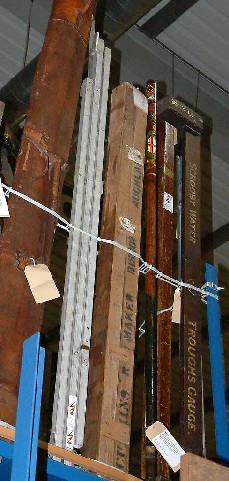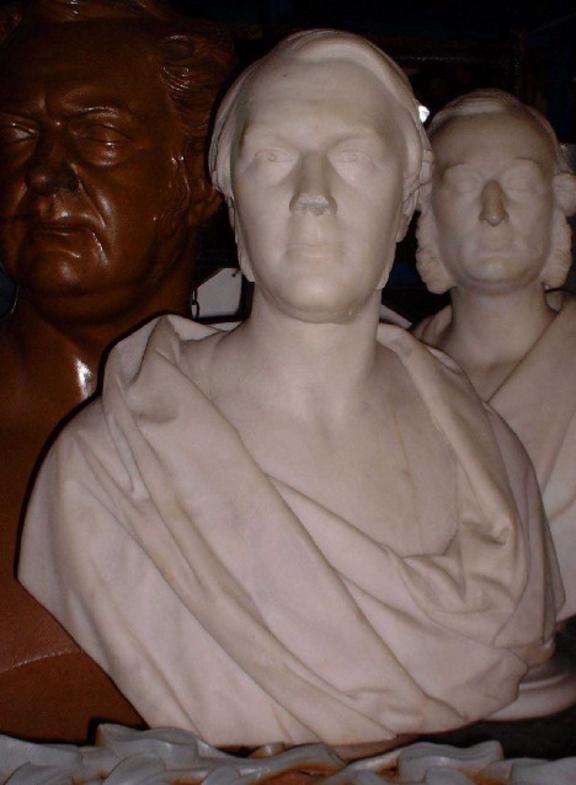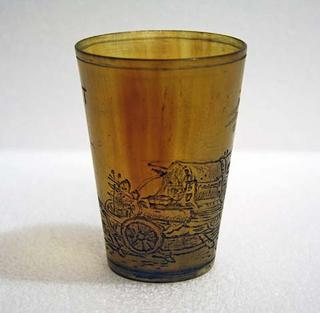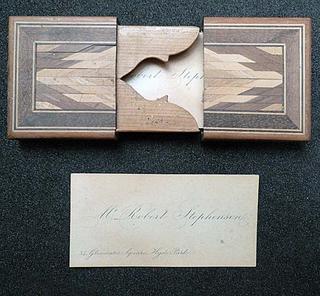
Portrait bust of Joseph Locke
- maker:
- Edward William Wyon and C H Mabey, Charles Henry

Bust of Joseph Locke (1805-60), 'Model by E.W. Wyon S.C., Marble by C.H. Mabey S.C. 1902'.,
This portrait bust of Joseph Locke was modelled by Edward William Wyon and sculpted in marble by Charles Henry Mabey. Mabey crafted architectural sculpture as well as portraiture, and one of his most significant pieces was the architectural sculpture for County Hall in Westminster. E W Wyon came from a well-known family of craftsmen, including medallists and engravers.
Joseph Locke may not be a household name but his contribution to railway engineering ranks alongside those of Brunel and Stephenson. Indeed, these three men feature as equals on another object from the Science Museum Group’s Collection, a centrepiece presented to Sir Daniel Gooch (1996-7183).
Locke was born in 1805 in Attercliffe, near Sheffield and at the age of 17 became an apprentice to George Stephenson and assisted in the surveying and construction of the Liverpool & Manchester Railway. It was Locke who was driving ‘Rocket’ at the opening of the Liverpool & Manchester Railway when it struck and ultimately killed the MP William Huskisson.
Locke had an illustrious career, working again with Stephenson but also independently after their relationship became strained. He became the Chief Engineer of the Grand Junction Railway in 1835 and went on to build the Lancaster & Carlisle Railway, the Caledonian Railway and the Manchester & Sheffield Railway, including designing the Woodhead Tunnel. The tunnel was 3 miles long and construction was arduous and dangerous, resulting in the deaths of 32 men.
Locke became a Member of Parliament for Honiton in 1847.
He died suddenly in 1860. Locke’s legacy continues as his Caledonian, Grand Junction, and Lancaster & Carlisle Railways were constituent parts drawn together in the formation of the West Coast Main Line, one of the busiest railway corridors in Europe.
Details
- Category:
- Miscellanea & Curiosities
- Object Number:
- 1970-597
- Materials:
- marble (limestone)
- Measurements:
-
: 1.1811 x .8661 x .4724 in.; 30 x 22 x 12 mm
- type:
- portrait bust
- credit:
- Institution of Civil Engineers




